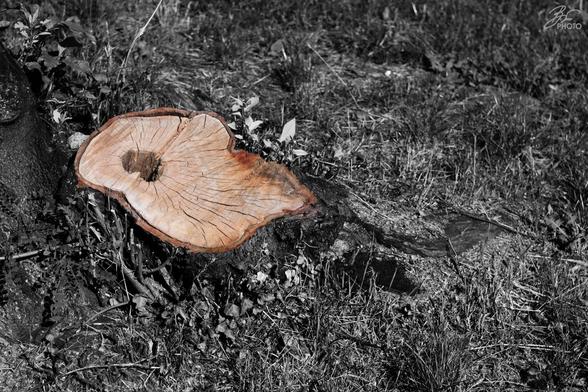When you spend hours perfecting your 3D model, but the wood texture makes it look like a vintage video game. 🕹️ Who knew rendering could bring back the 90s nostalgia? #TextureTroubles #WoodTextures #DesignFails #3DModelingTips
Design projects with wood textures often shine when used in furniture, wall paneling, and floor designs. These textures add warmth, depth, and a natural feel that resonate with many audiences. Incorporating them can transform a space, making it inviting and timeless. #WoodTextures #MaterialDesign #GraphicDesignTips #TextureDesign
1. Match texture with the project's mood.
2. Use high-resolution images.
3. Test color variations on textures.
4. Consider wood's grain direction.
5. Balance textures with other design elements.
6. Use softwood for delicate designs.
7. Mix textures for depth.
8. Explore reclaimed wood patterns.
9. Use bleached wood for a minimal look.
10. Consider the final usage context.
#GraphicDesignTips #WoodTextures #DesignMaterials
2. Use high-resolution images.
3. Test color variations on textures.
4. Consider wood's grain direction.
5. Balance textures with other design elements.
6. Use softwood for delicate designs.
7. Mix textures for depth.
8. Explore reclaimed wood patterns.
9. Use bleached wood for a minimal look.
10. Consider the final usage context.
#GraphicDesignTips #WoodTextures #DesignMaterials
Enhance your designs with wood textures! 1️⃣ Layer wood textures for depth and realism. 2️⃣ Adjust opacity to blend seamlessly into your work. 3️⃣ Use masks to apply texture selectively. Try these tips today! #WoodTextures #GraphicDesignTips #TextureDesign #PhotoshopHacks
Have you tried using textures in your designs? Many designers utilize wood textures to craft realistic mockups that impress. Whether you're aiming for a rustic, elegant, or modern look, wood can add depth and authenticity to your work. Don't hesitate to experiment and see how it transforms your projects! #DesignTextures #GraphicDesignTips #WoodTextures #MaterialDesign
keadamander (@keadamander@pixelfed.social)
https://pixelfed.social/p/keadamander/852905945980882940
> Life Interrupted #photography #helios #helios44 #helios44m #naturephotography #treestump #blackandwhitephotography #woodgrain #forestfloor #texturelove #naturelovers #treecut #monochromeart #earthdetails #outdoorphotography #naturalbeauty #barkandgrain #woodtextures #environmentalart
I find overly knotty pine textures challenging to work with due to their chaotic patterns. However, using rich mahogany in my projects has brought great success. The deep tones and subtle grain of mahogany add an upscale feel, making it a client favorite. What wood textures do you love or despise? Share your thoughts! #WoodTextures #GraphicDesignTips #MaterialDesign #TextureArtistry
When evaluating a wood texture for your design, check for these key features: It should be at least 300 dpi for high-quality resolution, large in size to ensure flexibility in usage, and free of watermarks to maintain a professional look. These criteria ensure you have a top-notch texture to work with. #GraphicDesignTips #WoodTextures #MaterialDesign #DesignResources
1. When your wood texture looks more like a potato: "Just another day in the life of a designer!"
2. When you finally find the perfect wood grain, but it's on a low-res image: "Why must you torment me?!"
3. When your wood texture shifts from oak to mahogany mid-project: "C'mon, stick to the script!"
#DesignStruggles #WoodTextures #GraphicMaterials #DesignTips

